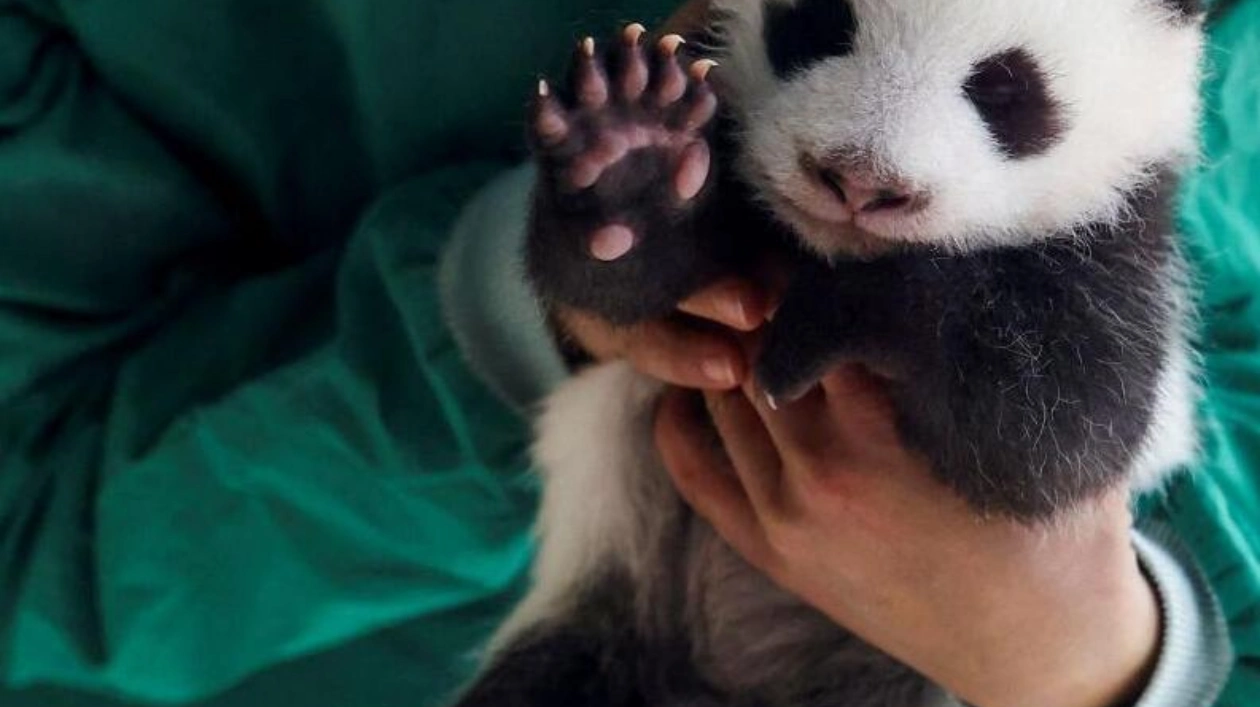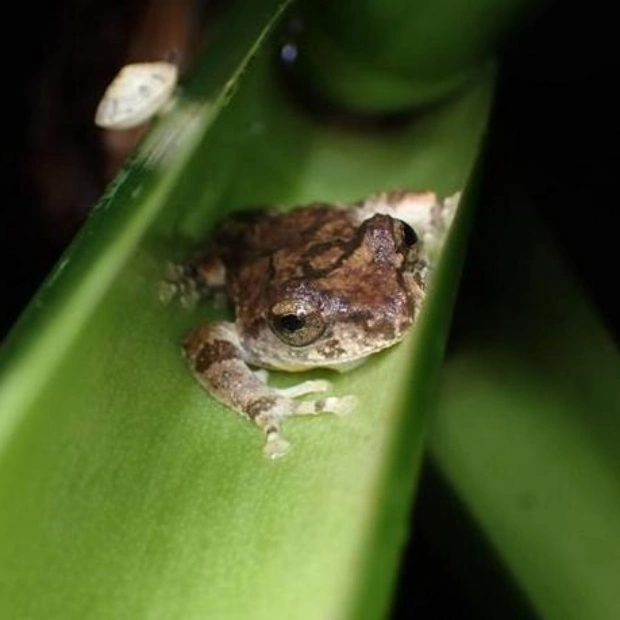A Berlin zoo employee cradles a two-month-old giant panda cub, one of the offspring of Meng Meng, within the zoo's enclosure on Tuesday. — Reuters
In a fresh chapter of China's international 'panda diplomacy,' two giant pandas arrived at the Washington zoo on Tuesday. Bao Li, a male, and Qing Bao, a female, were transported from Chengdu to Dulles airport in Virginia via a FedEx Boeing 777F cargo plane nicknamed the 'Panda Express,' according to the Smithsonian National Zoo. The three-year-old pandas were subsequently transferred to trucks and brought to their new residence in the U.S. capital. 'Bao Li and Qing Bao exited their crates and started exploring their new indoor enclosures, where keepers had placed plenty of bamboo for the bears to consume,' a zoo statement detailed. The pandas will undergo a 30-day quarantine and will not be on public display until January 24, 2025. 'We're delighted to welcome Bao Li and Qing Bao to Washington,' said Brandie Smith, director of the National Zoo and Conservation Biology Institute. 'Today marks the beginning of a new chapter in our 52-year-old giant panda breeding and conservation program.'
On October 15, 2024, a pair of three-year-old giant pandas, Bao Li and Qing Bao, arrived at Dulles International Airport on a FedEx Boeing 777 plane from China. — AFP
The arrival of these pandas is significant as only a few of these beloved black-and-white bears remain in the U.S. after most were returned to China in recent years under pre-arranged contracts, including the National Zoo's pandas last November. The absence of immediate replacements was seen by many as a reflection of the escalating tensions between Washington and Beijing. China has employed 'panda diplomacy' since 1972, when the first pandas were gifted to Washington following President Richard Nixon's historic visit to the Communist nation. During a summit in California last November, Chinese President Xi Jinping mentioned that new pandas could be sent as 'envoys of friendship between the Chinese and American people.' In August, the San Diego zoo received two new giant pandas, the first to be sent by China to the U.S. in 21 years. The National Zoo has renovated its panda habitat 'to improve the safety of the facilities and maximize space for the bears to roam,' according to the zoo's website. The new structures include shallow pools for bathing and bamboo stands that encourage the pandas to use foraging techniques similar to those in the wild. A popular Giant Panda Cam will be reactivated once the pandas make their public debut in January.






